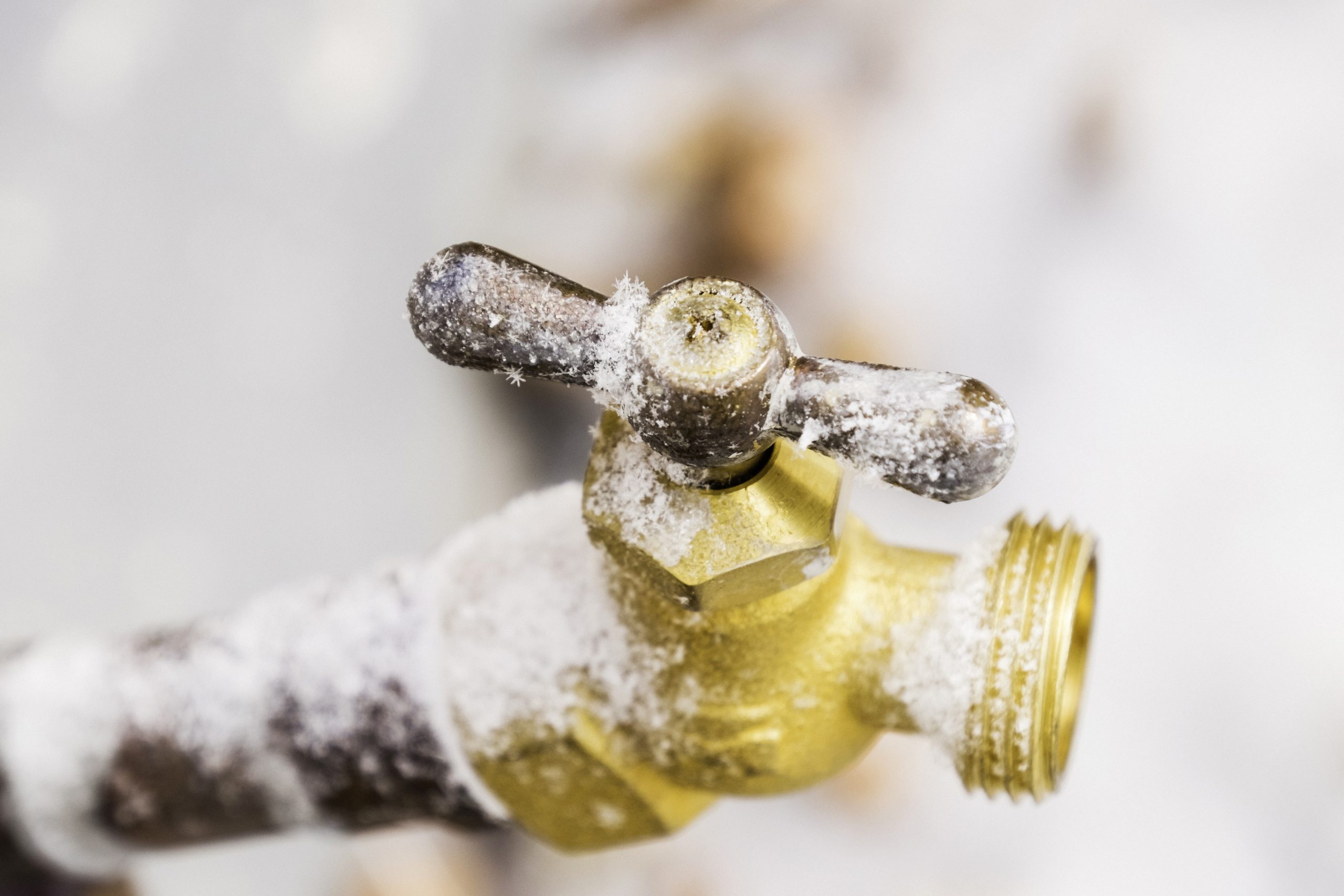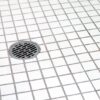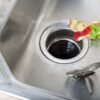Category: Winter Plumbing

How to Keep Pipes from Freezing
Here in Minnesota, we love to keep our grass green and our flowers blooming, but during the winter, it’s a different story. With colder weather comes the possibility of frozen pipelines. As temperatures start to plunge, your home fixtures and faucets are in danger of the water inside your pipes freezing. With water freezing and pipelines expanding, your pipes are prone to bursting. Read on to learn more about how to keep pipes from freezing.
Disconnect all External Water Fixtures
Summer has quickly turned to fall, and before we know it, we will be heading into the brisk winter season. Winter means a lot of snow and ice. We recommend disconnecting all external water fixtures and draining all exterior pipes, so they don’t freeze. You should also drain water from any sprinkler supply lines. The leftover water in your hoses and outdoor faucets can expand and freeze, which can lead to the pipes or valves bursting.
Let Your Faucets Drip
Consider leaving your faucets on a small drip. This drip will help to keep water coming into your house circulating and therefore not freeze any pipes. When you leave a couple of your facets running, it will alleviate possible pressure from building up inside the pipes. This will also help to prevent a possible rupture if the water does end up freezing.
Leave Doors and Cabinets Open
It may sound a little odd, but leaving doors, kitchen, and bathroom cabinets open will also help to prevent pipes from freezing. Leaving them open will help circulate the heated air from the rest of the house to the pipes, preventing them from freezing. Another way to heat up the pipes is to place a small lamp with incandescent bulbs under sinks. Remove any flammable items so you don’t start a house fire.
Steps to Take if Your Pipes Freeze
If you have no flow in your water or have about a foot of water in your basement in the winter, then your pipes may be frozen. We here at Robillard want to prepare you for the worst of outcomes. So, here are a few steps to take if you think that a pipe has frozen:
Step 1: Turn your sink and bathroom faucet on. Let the water drip to prevent a pipe from bursting.
Step 2: Find and warm up the frozen section of the pipe. A hair dryer or space heater will work best. Remember to keep the faucet on while you are doing this.
Sept 3: Keep adding heat. Once you see that the water pressure has come back on, stop heating the pipe.
If you suspect, your pipes are frozen and are unsure how to handle it, Robillard Plumbing is here to help. You can either follow our steps in this blog or contact one of our professionals today.
Read More
Plumbing Checklist for Snowbirds
In the weeks leading up to your migration south, there is much to be done. Shopping, packing, and a much-needed hair appointment (for some) make the checklist. As you prepare for your annual trip, make sure your home’s plumbing makes the list, too. Use this checklist to help prevent plumbing disasters while you’re away.
Set the Thermostat
Many homeowners try to save money in the winter by lowering the thermostat, but remember that the risk of frozen pipes in exterior walls is very high when you crank down the temperature. If you plan on being away for an extended period, it’s recommended to set the thermostat no lower than 55 degrees.
Protect Your Sump Pump
Neglecting the sump pump can mean coming home to a flooded basement. To ensure a dry basement and a stress-free transition back from vacation, clear out any debris in the sump pit and keep the pump plugged in (but be sure to remove the discharge hose to prevent freezing during the winter). For more protection, consider having a battery backup and an extra discharge hose handy in case of a power outage.
Turn Off the Main Water Valve and Drain Water
Water damage from a gushing pipe is one of the biggest concerns for homeowners leaving their house vacant in the winter. To prevent this, first locate and shut off the main water valve. Then, turn on all the faucets around the house to drain all water from the pipes. To ensure water-free pipes, you can even leave them open until you return home. If you want to take your pipe protection to the next level, you can use antifreeze to prevent frozen toilets. Once your pipes are completely drained, flush your toilet until there is no more water left. Then, fill it with antifreeze.
Prepare Outdoor Plumbing
Protecting the outside of your home is just as important as the inside. After the hoses have been drained and disconnected, remember to close the shut-off valve. This may be separate from the main valve for outdoor spigots, so make sure you consult a professional if you have questions.
Rely on Friends to Monitor
Once you’ve done all your preparation, make a backup plan with professionals or neighbors. Consider talking to your plumber about remote monitoring systems for safety and peace of mind. If you’re comfortable doing so, it’s a good idea to give a family member, neighbor, or friend a spare key so they can check on the home and help in case of an emergency.
When the time comes to head south for the winter, just remember to prepare! Using our plumbing checklist for winter trips will help keep your home protected until you return. Need help prepping your home for winter or have questions? Your friends at Robillard Plumbing are here for all your plumbing needs. Contact us to learn more.
Read More


